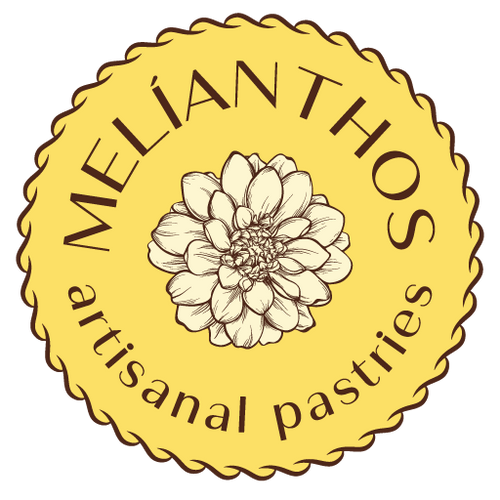Filo pies and our founder's love for them
A bit of history
The story of pita (pie) begins in ancient Greece when people would bake thick porridge made with wheat, barley and other grains on hot stones, essentially creating a flatbread. They would later make pitas with more ingredients such as wine, garlic, olive oil, honey and cheese, and enjoy them at feasts.

As centuries passed and tools and techniques evolved, the art of lamination was born. Multiple layers of very thinly-rolled dough, made mainly with flour, fat (usually olive oil, but also butter & lard), salt and water would be stacked together to form a thicker dough on top of which would sit the pie’s filling.
Thanks to the fat in and between each filo, the layers would turn crisp and remain separate even after baking, creating the airy and crunchy texture we all love in a phyllo good pie.
Pitas with filo would be made as an everyday dish, with whatever greens and vegetables a family's garden would provide. This made them vegan or vegetarian by necessity. What is today’s a food trend, clean eating and a plant-based diet has been a way of life for Greeks for centuries.
There would be times when the need to celebrate special occasions, would introduce more lavish and rare -for the time- ingredients to pies, such as meat or fish, but that was infrequent and made eating those pies even more gratifying.
In recent years, the effort to mass-produce filo dough and thus democratise pie making brought along a deterioration in quality, due to the use of cheaper ingredients and preservatives in the dough.
Our love for pies
As you may have read elsewhere on this website, Argiris has been lucky to have spent most of his holidays at his Peloponnese village, as he was growing up. His brother and he were so lucky to enjoy the delicacies their grandmother would make in her wood-fired oven.

Filo pies with greens were one of her specialities and Argiris can still remember that huge copper pan (it must have been 80cm in diameter) as it went in the oven, with mesmerising pitas coming out of it. The smell was incredible and he could barely wait for the necessary 15-20’ for the pie to cool down before he could have some.
Luckily his mother had learnt the craft early on (she baked her first pita at the age of 8!) so even back at home the family would still enjoy tasty pies all-year-round.
When Argiris moved to Manchester with his wife in 2018, he felt that waiting to have proper pie until they would go back to Greece on holidays was too long a time. Ready-made filo from the supermarket is made with refined sunflower oil (if not worse) and preservatives, so it was not an option for him.
He decided to make his first hand-rolled filo pie based on what he remembered by watching his grandmother and mother all those years. It was a twisted spanakopita (spinach pie) that tasted very nice, but lacked in looks.
Since then, his technique has evolved considerably, but what he is really proud of is his filo pastry. In fact he is so proud, he dedicated a whole page to it!
